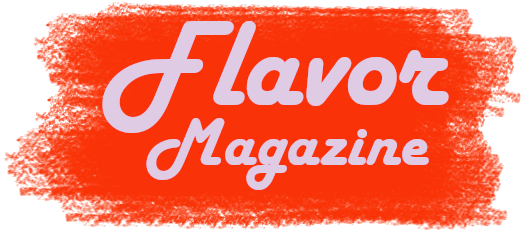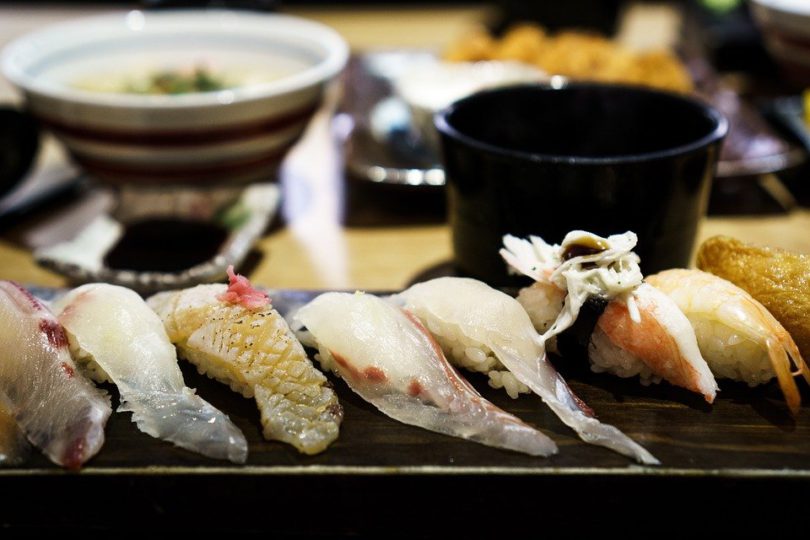You can’t think about Japanese food and not think about fish.
This is because Japan as a country is widely known for its seafood production. Though this has decreased in recent years, Japan is still in the top three countries when seafood consumption is being considered, other countries at that top 3 with Japan include South Korea and Norway. On a regular scale Japanese consume about 88 pounds which is about 40kg of seafood a year that’s for a single person, compared to their meat consumption rate it is about 1.5 times greater, while in comparison with Americans who average about 16 pounds(7kg) of seafood per person.
Fishes have a lot of beneficial nutrients which are important to the human body, one of those being that it is very rich in omega-3 fatty acids which helps to reduce blood pressure, heart diseases, and are also known to enhance brain efficiency. Another is that an excellent source of dietary vitamin D, which quite a lot of people are lacking. Because of their high rate of seafood consumption, Japanese have relatively low rate of cardiovascular diseases and are also less prone to obesity.
It’s not all sushi
One might easily think that this is all sushi and sashimi because that’s what the Japanese are mainly known for, but like most people, many Japanese doesn’t credit raw fish as a healthy meal for anyone to consume. Rather they adopt all whole new different approach which they claim to be the best way, this is called the Ichibutsu zentai.
Ichibutsu zentai which means “one thing, whole body”. Though you won’t see a Japanese person make reference to this method as the way they consume fish, but rather it is more of an idea that the best way to enjoy a particular food is to eat all of parts. This originates from the ancient Buddhist belief that “as long as something is living and healthy, it exists in its complete balanced form, hence eating the whole food is eating the most balanced version of it”.
Ichibutsu zentai emphasizes on the need to consume all parts of the fish which have their own unique nutrients, which includes the bone, eye, fat, cartilage, skin and while the cartilage contain collagen, the skin contains omega-3 fatty acid while the bone contains calcium.
While smaller fishes like a grilled shishamo are consumed whole in 2 or 3 bites, the ayu fish are mostly roasted or salted and are serve on sticks. In bigger fishes like the flatfish, the bones are rather a bit too large to consume in a few bites, so the fish is cooked whole and then separated with the help of chopsticks, in this way you can still enjoy all parts of the fish.
Other applications of the Ichibutsu zentai
Fish is an apt instance to explain the importance of the Ichibutsu zentai method of eating but it’s not the only one, this method can be applied in veggies, fruits, meats etc. Looking closely at your ingredients you will see ways in which those normally disposed parts can be made edible rather than always throwing them out. Such as leaving the peels on your apples, also making use of the stem in your broccoli. Another is cooking your steak with its bone, or savoring in the peel of your potatoes or even an egg yolk.
Nature already engraved balance in our foods, so why not completely accept it.

